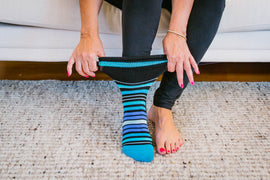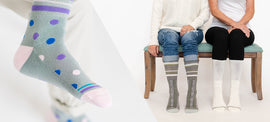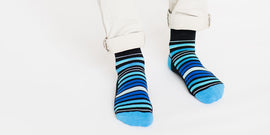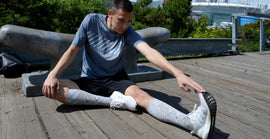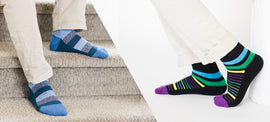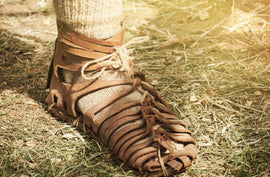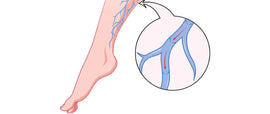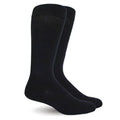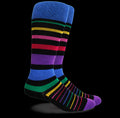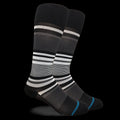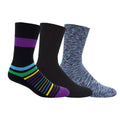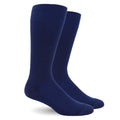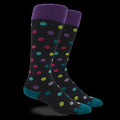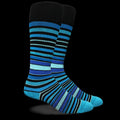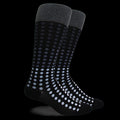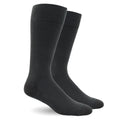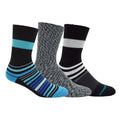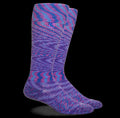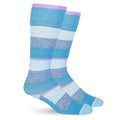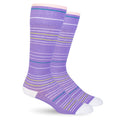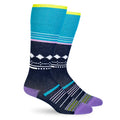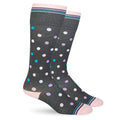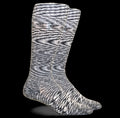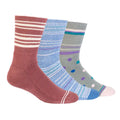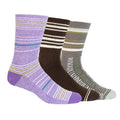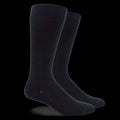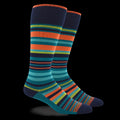Why ankle support is important?
Posted by KELSEA FRANZKE
The ankle is the most frequently injured joint in the body, yet people typically don’t think about ankle support in their day-to-day lives. In fact, according to research published by the Walter Reed Medical Centre, 20,000 ankle sprains occur every day in the United States.
Your ankle joints and muscles experience a lot of wear and tear every single day, and weak ankles can impact your balance and increase your risk of sprains. This can lead to chronic instability.
If you’re doing any type of physical activity that requires you to stand or put any weight on your legs and feet such as walking your dog, or something as simple as standing to cook a meal, ankle support should be front of mind.
WHY SHOULD YOU CARE ABOUT ANKLE SUPPORT?
Ankle health is crucial to maintaining mobility. Your foot and ankle provide a base for standing and a lever while walking or running. The ligaments, muscles, tendons and bones in your ankle create the internal supports to keep your ankle supported and safe. These internal supports are important links that connect everything from your foot all the way up to your hip.
In combination with other body parts, your ankles are responsible for balance, strength, range of motion and endurance. As your ankles weaken, you are more likely to experience instability, pain and recurring injuries.
Ankle disorders can result from damage to muscle, soft tissue or bone. Some common ankle disorders include:
- Fractures (injury to bones)
- Sprains (injury to ligaments)
- Arthritis (chronic inflammation of joints)
- Tendonitis (inflammation of the tendons)
TIPS FOR BETTER ANKLE SUPPORT
Now that you know how crucial ankle support is for your health, here are a few tips for how to best support your ankles:
1. STRETCH
Stretching enables your muscles and tendons to properly do their job without putting too much pressure on the feet and ankles. It encourages joint flexibility and allows your foot and ankle to better accommodate uneven or unexpected terrain you walk on. This is especially important when it comes to weak ankle support. Three good stretches for your ankles include:
- Ankle Circles - Sit down and turn your ankle around slowly in circles, alternating directions. Ankle circles help with range of motion.
- Standing Calf Stretch - Stand facing the wall with one foot in front of you. With your foot closest to the wall, point your toes up and rest them on the wall with your heel on the ground. Slowly lean forward until you feel the stretch in the back of your lower leg. Standing calf stretches help stretch your calf and achilles tendon.
- Towel Stretch - Sit on the floor with your legs extended straight in front of you. Wrap a towel around your toes on both feet. Hold the towel with both hands and gently pull back until you feel a stretch at the bottom of your feet and lower back. Towel stretches help with flexibility and range of motion.
2. USE ANKLE BRACES
Ankle braces can be great for weak ankle support. They lock down the joint and if you have weak ankles from an injury, they limit motion during rehab. However, if you wear an ankle brace every day as ankle supports and to prevent injuries you are fairly likely to weaken your ankle.
Your ankles rely on micro-motions to improve strength over time and when these motions are limited your ankle doesn’t have any way to improve itself. Ankle braces are best used for brief periods of time and only when rehabilitating an injury, not for prevention. You may also need to find specific shoes to accommodate the size of the ankle braces.
3. TAPE YOUR ANKLES
Ankle tape is typically used for injury prevention, but like ankle braces, they have similar downsides. Ankle supports that support the ankle joint in a way that is rigid, the lack of flexibility leads to weakening the joint over time. Ankle tape also requires a certain level of expertise to apply because the support you receive is dependent on the taping pattern.
However, if you’re needing extra foot and ankle support for walking or ankle support for running on uneven terrain, ankle tape is a good solution. It is also more practical than wearing ankle braces because you can still wear your regular shoes.
4. WEAR COMPRESSION SOCKS
Compression Socks are an excellent option for ankle supports because they can work for both injury prevention and injury rehabilitation. Compression Socks mimic ankle tape in that they provide extra support, but their advantage is that they aren’t as rigid as ankle tape and therefore allow for the ligaments and muscles in your ankle to strengthen as opposed to limiting mobility and strength.
Dr. Segal’s Compression Socks have a padded foot bed, a wide-top comfort band and a range of compression levels that contribute to the protection of joints, ligaments and tendons in your feet, ankle and lower legs. They also help manage the effects of vibrations on the body during high impact physical activities such as running or jumping.
In terms of ankle compression and ankle support, these are a great option!
TAGS:
SHARE:




